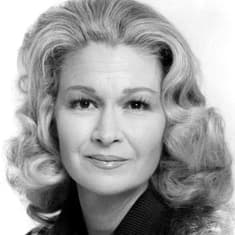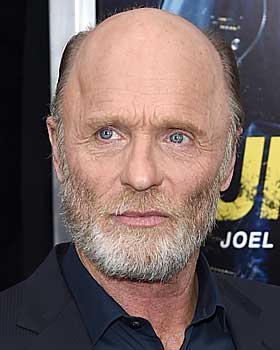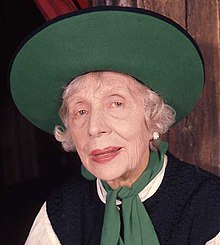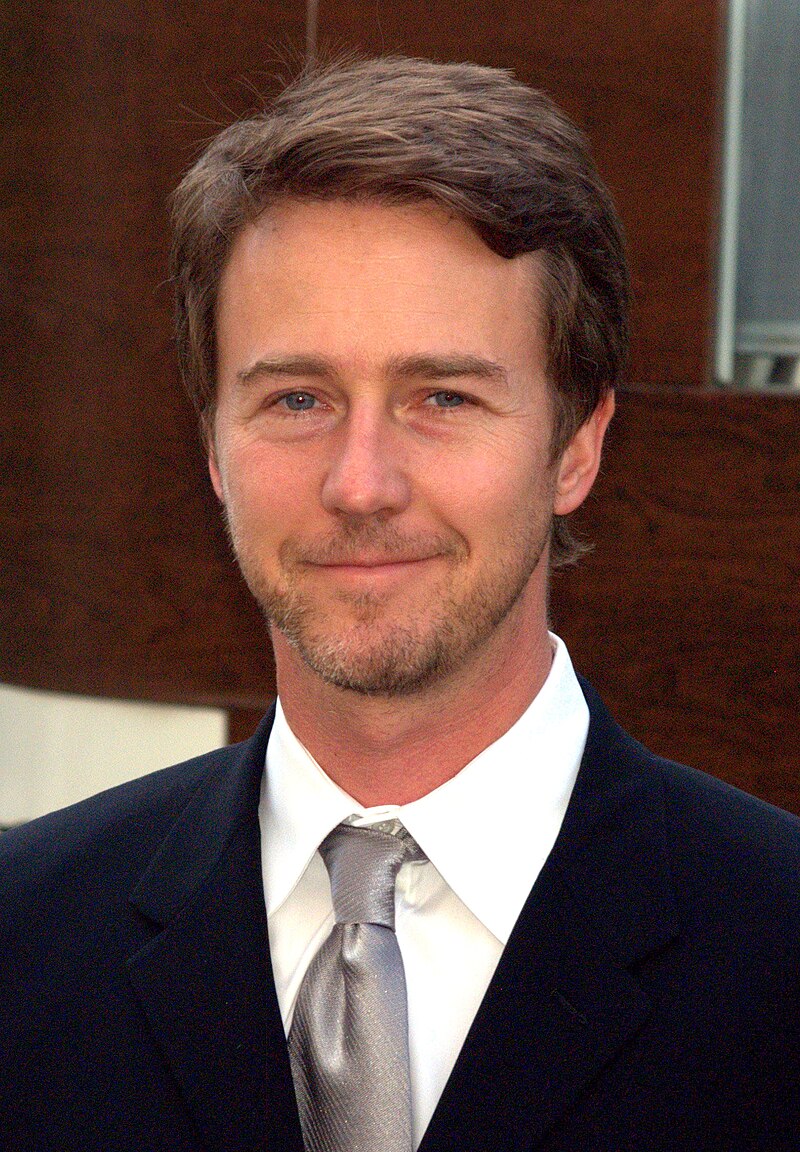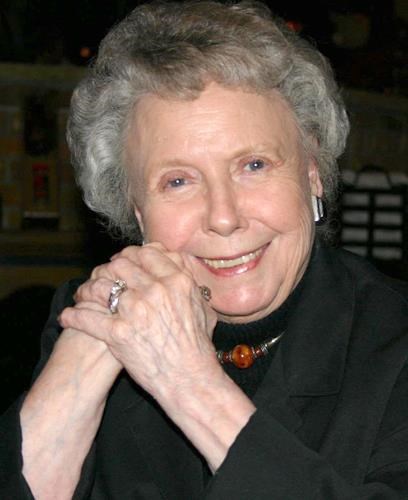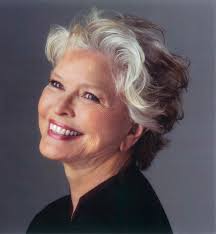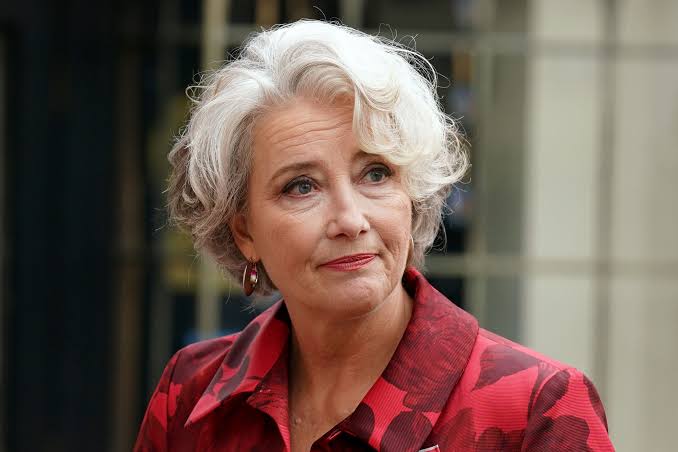Born Ethel Mae Blythe, Ethel Barrymore August 15, 1879, June 18, 1959) was an American entertainer and an associate from the Barrymore group of actors. Barrymore was a stage, screen and radio entertainer whose profession crossed sixty years, and was viewed as “The Principal Woman of the American Theater”. She got four nominations for the Academy Award for Best Supporting Actress, winning for “None However the Desolate Heart (1944)”. She had a long and distinguished career on stage, television, and radio, earning her the moniker “The First Lady of the American Theatre.

Oscar nominations
Here is a rundown of her Oscar nominations and the movies she was named for:
Twisting Flight of stairs
1947: Candidate for The Twisting Flight of Stairs, a spine-chiller movie coordinated by Robert Siodmak and given a novel by Ethel Lina White.
The Paradine Case
1948: Chosen one for The Paradine Case, a court show movie coordinated by Alfred Hitchcock and given a novel by Robert Hichens.
Pinky
1950: Candidate for Pinky, a social show movie coordinated by Elia Kazan and John Passage and in light of a novel by Cid Ricketts Sumner.
Ethel Barrymore was likewise named for an Early Evening Emmy Grant for her exhibition in Peak (1955). A TV treasury series. She likewise won a national Leading Group of Review award and an Internet-based Film and TV Affiliation award for her acting accomplishments. She has a star on the Hollywood Stroll of Distinction and is broadly viewed as one of the best entertainers ever.
Film
In 1914, Barrymore made her feature film debut in “The Nightingale”. Her relatives were at that point in pictures, Uncle Sidney Drew, his significant other Gladys Rankin, and Lionel had entered films in 1911. John made his most memorable component in 1913 in the wake of having appeared in Lubin’s short movies in 1912. Between 1914 and 1919, she produced 15 silent films. The majority of which were made for Metro Pictures. The greater part of these photos were made on the East Coast, as her Broadway vocation and kids started things out. There are still a few of her silent films: for instance, one stagger from “The Enlivening of Helena Richie” (1916) which debuted at the Library of Congress, and “The Call of Her Kin” (1917) held at the George Eastman House.
The main two movies that included each of the three kin Ethel, John, and Lionel were The Public Red Cross Exhibition (1917) and Rasputin and the Sovereign (1932). The previous film is currently viewed as a lost film.
Barrymore won the Academy Award for Best Supporting Entertainer for her part in the film None however the Desolate Heart (1944) inverse Cary Award, yet made plain that she was not excessively dazzled by it.
She showed up in “The Twisting Flight of Stairs” (1946) coordinated by Robert Siodmak, and “The Paradine Case” (1947) coordinated by Alfred Hitchcock. In which she was designated a Foundation Grant for Best Supporting Entertainer for both too for the 1949 film Pinky. She took on the role of Charles Laughton’s repressed wife. Her roles in “Portrait of Jennie (1948) and “The Red Danube” (1949), among others, were also significant. Her last film appearance was in Johnny Inconvenience (1957).
Radio
Barrymore was featured in Miss Hattie, portrayed as “a fleeting circumstance parody,” on ABC in 1944-1945. In one episode, Barrymore’s personality was asked by Loot Thompson to coordinate a play which the labourers of his conflict plant are introducing to fund-raise for war securities. “Barrymore featured, alongside Quality Kelly, in the June 1, 1949, episode of Tension, named “To Track down Help”.
TV
Barrymore likewise made various TV appearances during the 1950s. Incorporating one essential experience with humorist Jimmy Durante on NBC’s Elite Player Revue on December 1, 1951, which is saved on a kinescope. In 1956, she facilitated 14 episodes of the television series Ethel Barrymore Theater, created by the DuMont Telecom company and introduced on the DuMont lead station WABD similarly as the organisation was collapsing. Tragically the episodes were generally not saved on Kinescope. A 1952 appearance on What’s My Line? gets by, in any case, notwithstanding a few radio stations.
You may also like these articles
Leonardo DiCaprio. The best films. Career. Charity. Oscars
Samuel L. Jackson’s impact on the film and television industry
Michael B. Jordan’s impact on the film and television industry
